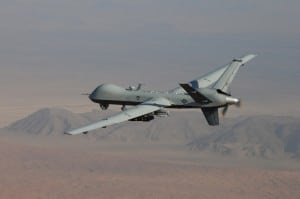
The military’s high demand for unmanned aerial systems (UAS) is fueling a pilot shortfall and contributing to retention problems in the Air Force’s UAS enterprise, Gen. Herbert J. Carlisle, head of the service’s Air Combat Command, said March 16.Since 2006, the Air Force’s MQ-1 Predator and MQ-9 Reaper enterprises have grown exponentially, increasing from 12 sorties a day in 2006 to 60 sorties today that can last as long as 22 hours. Almost 2.8 million of these aircrafts' 3 million…













